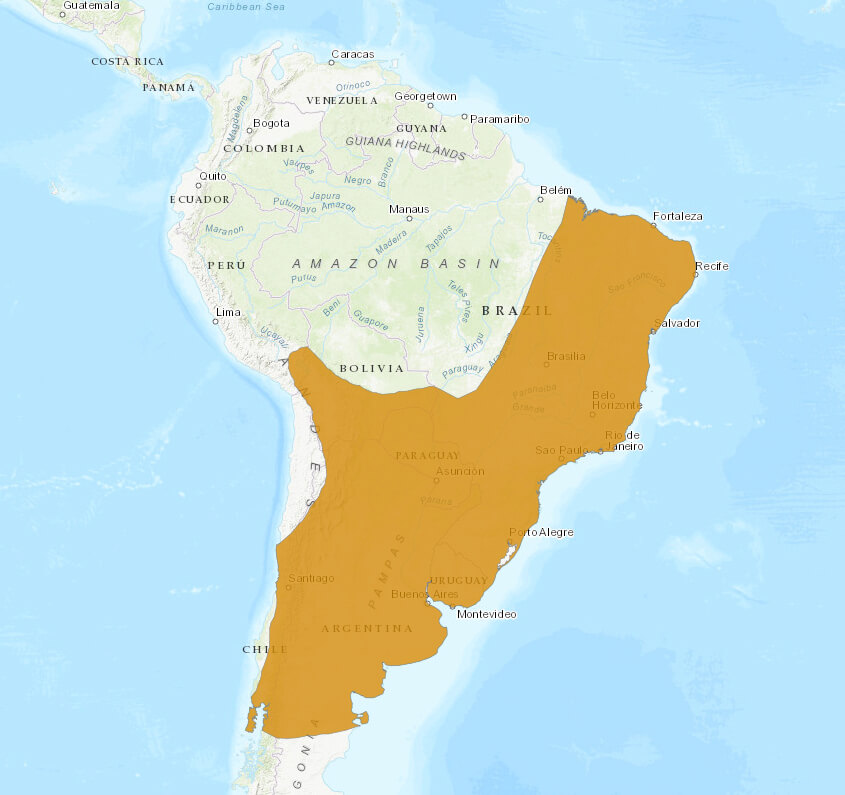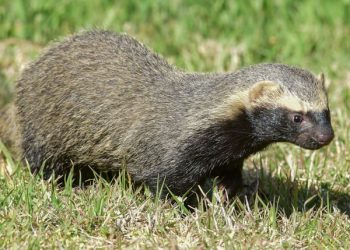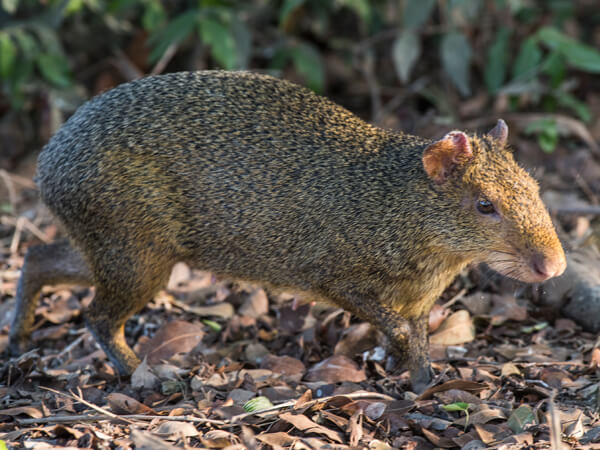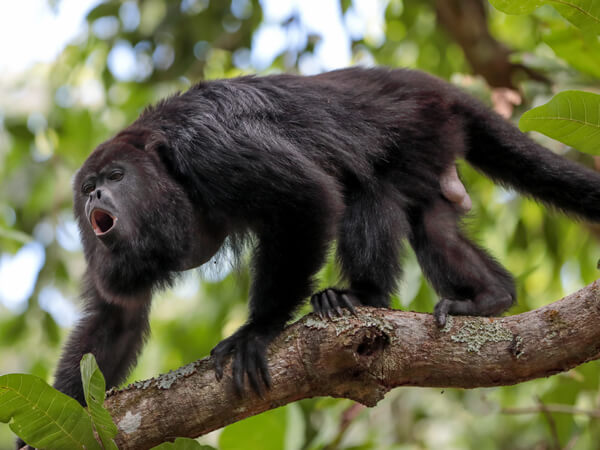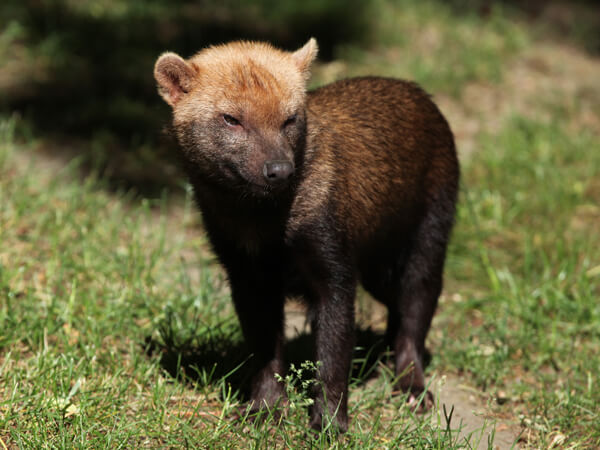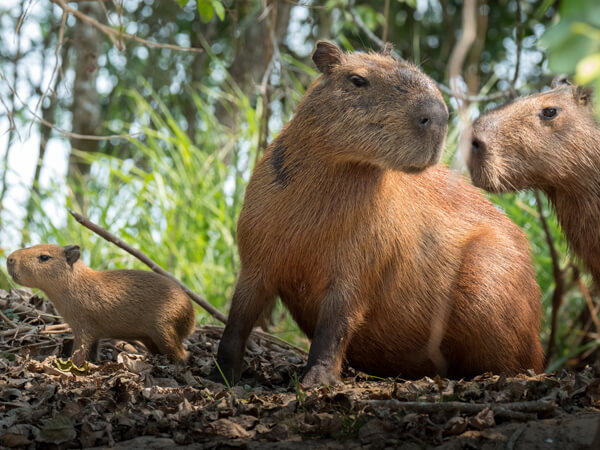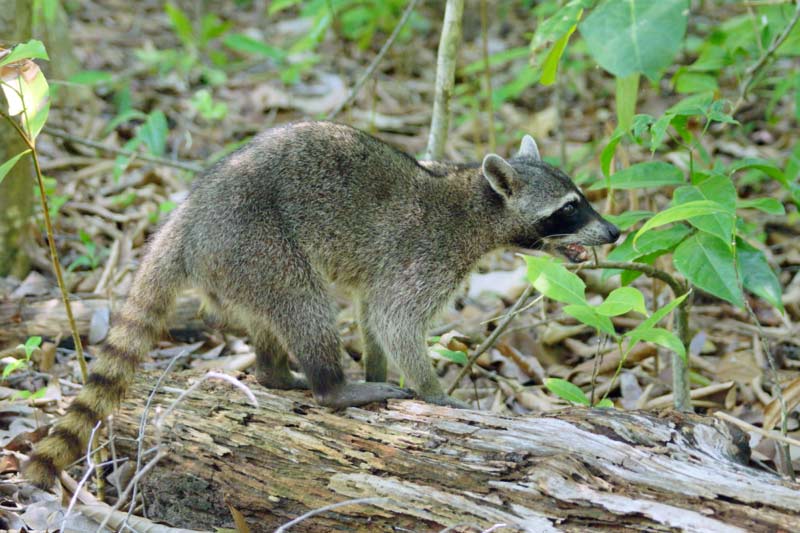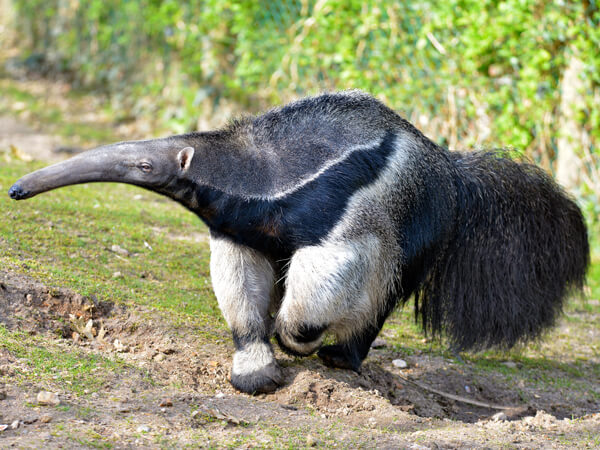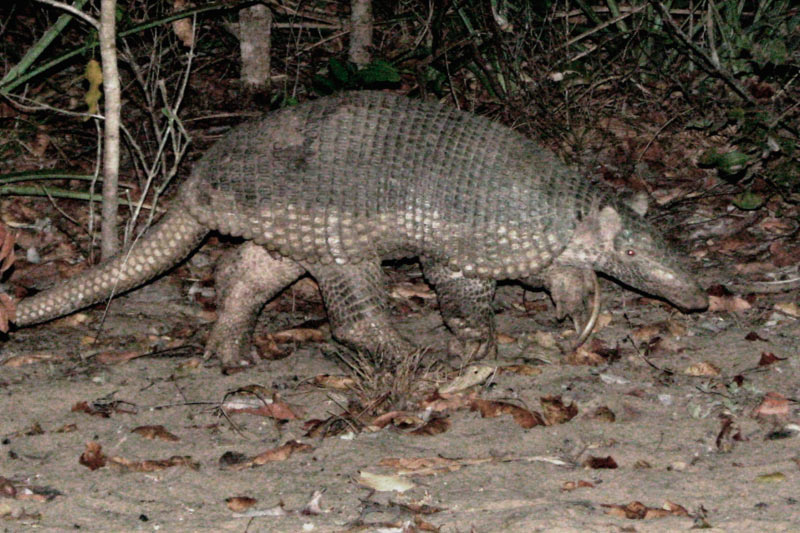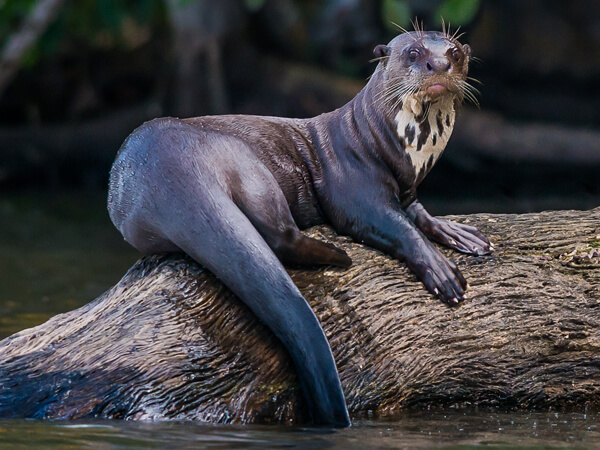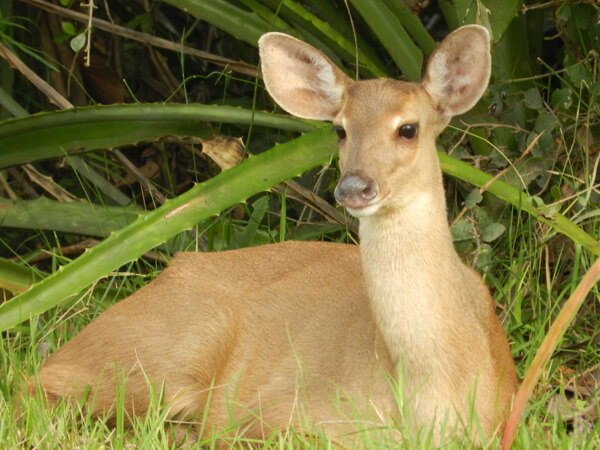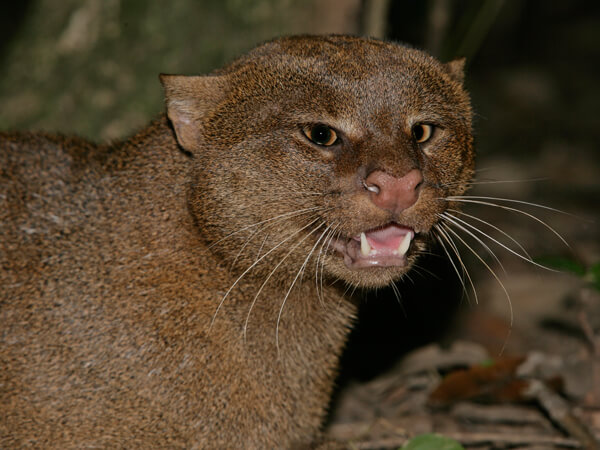A good representative of the Mustelidae family, the lesser grison is smart, with a long body. Apart from Galictis cuja, another species of ferret, the Galictis vittata is also found in Brazil, but situated more towards the north.
Click to learn more
Distribution
The lesser grison is present in almost the entire southern portion of South America, from southeastern Peru to southern Argentina, occupying much of the south, southeast, northeast and center-west of Brazil.
Features
The lesser grison has features in common with other members of the Mustelidae family, including an elongated, slender body, a long neck, with a long tail and short legs. The lesser grison’s body may measure between 27 and 52 centimeters, and the tail can measure up to 19 centimeters. It weighs up to 2.5 kilograms. Much of the body (top of the head, back and hind legs) is covered with a greyish coat, while the face, chest and front paws are covered with black or dark gray fur.
Behavior
They are considered animals of daytime habits, although they also have a certain degree of nocturnal activity. They are often seen in pairs or in small groups. They communicate through different vocalizations and use holes in logs or under stones, in addition to digging their own holes.
Food
Lesser grisons are carnivores, feeding on small mammals, birds, reptiles, amphibians and eggs. They are also able to prey on animals larger than themselves when necessary. The main predators of the species are maned wolves, ocelots, jaguarundi and other small felines.
Reproduction
Lesser grisons give birth to a maximum of five cubs, the most common being two cubs per litter. Parents hunt together while the cubs are being raised. The young develop rapidly, reaching adult size within a few months. It is possible to see small groups composed of the father, the mother and adult-sized cubs.
Conservation
Lesser grisons are considered to be of “least concern” by both the national list of ICMBio and the IUCN.
Threats
The main threats to the species are hunting, conflict with domestic animals, and loss of habitat, trampling and fires.

